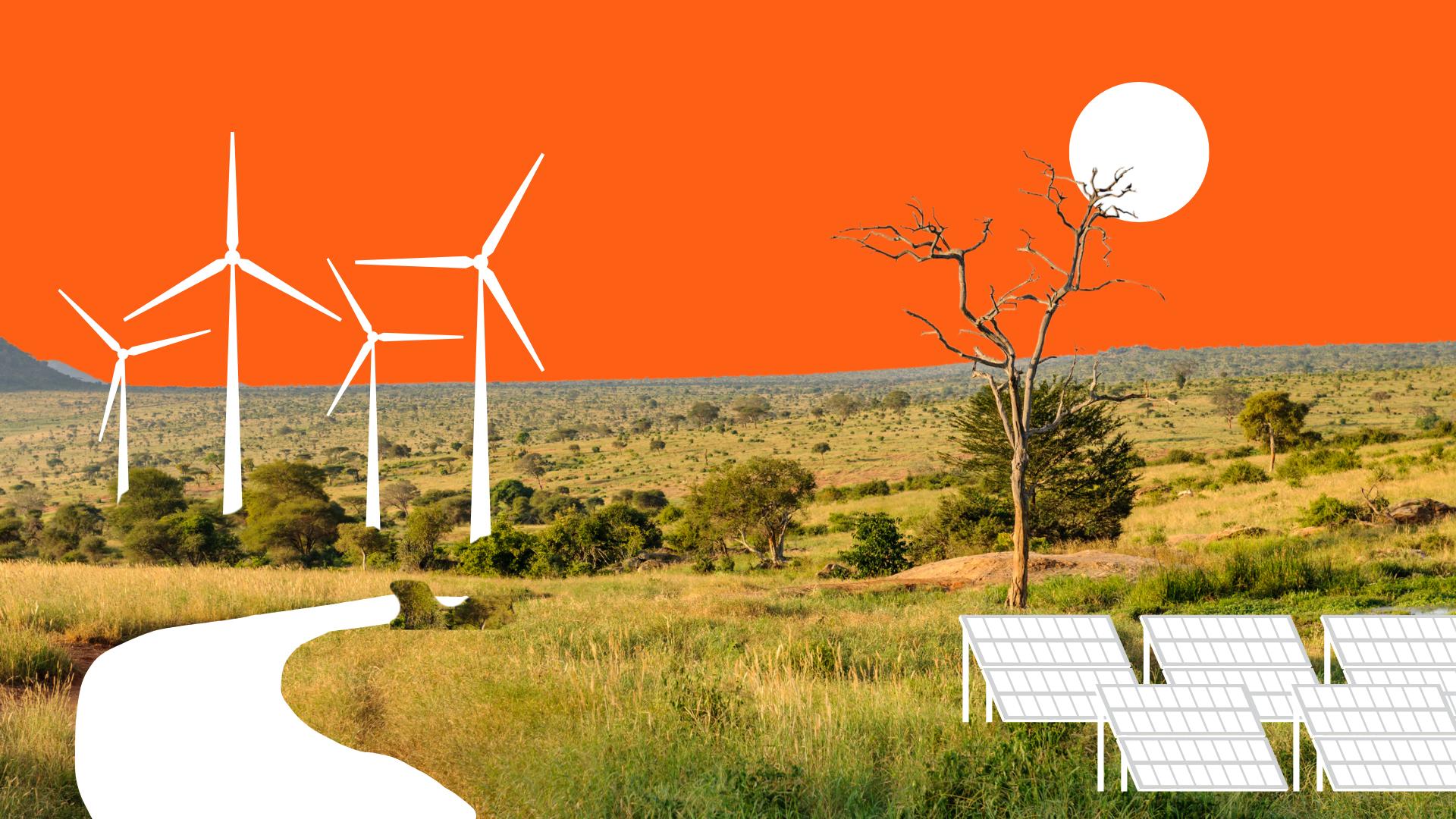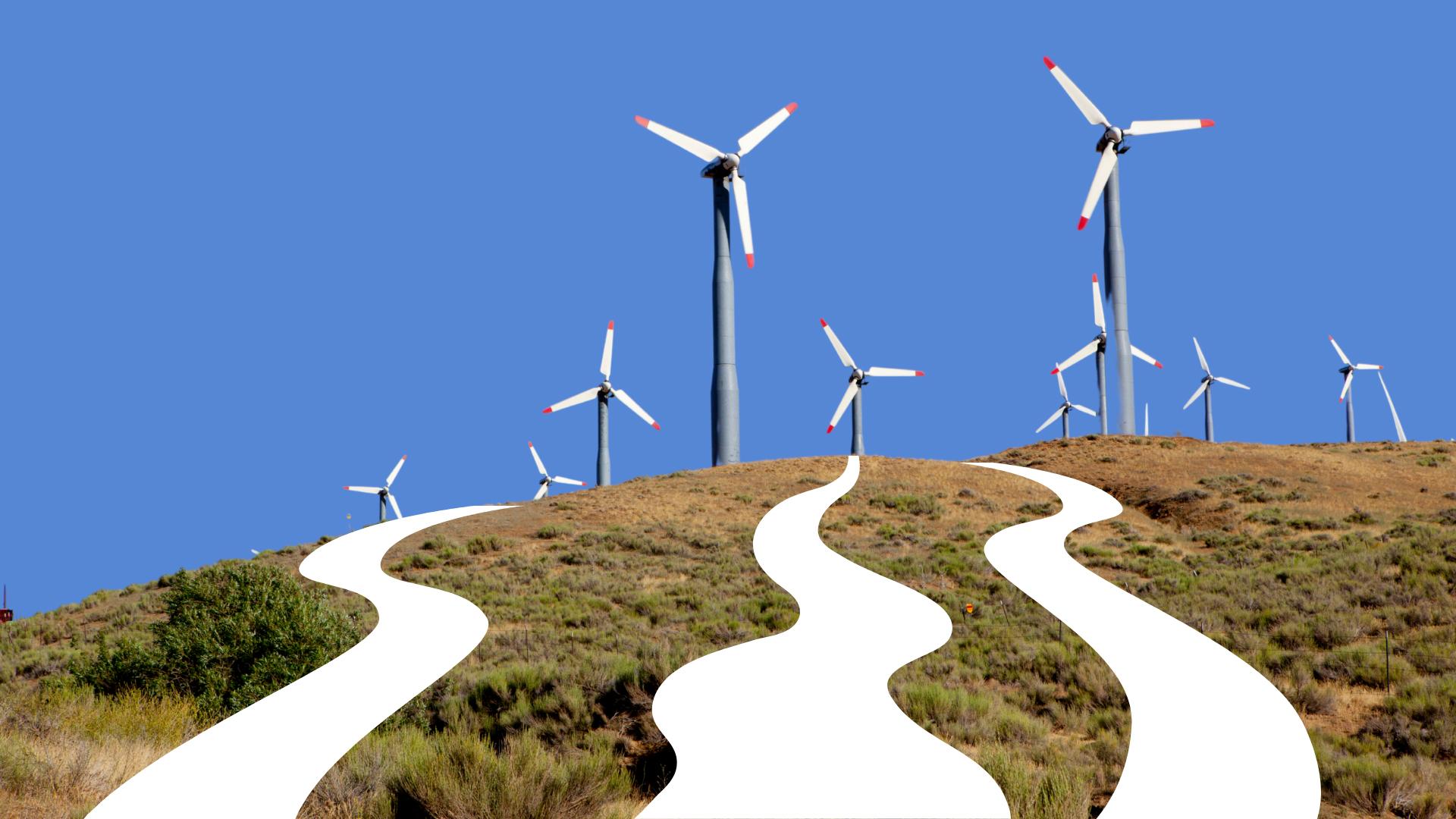The meetings serve as a midway point between the larger, more well-known COP conferences, offering dedicated time for technical input and implementation.
This year, the Bonn Climate Conference takes place between last year’s underwhelming COP29 in Baku, Azerbaijan, and this year’s COP30 in Belem, Brazil. Given the importance many are placing on COP30, the conversations at Bonn will be just as critical, as they will shape what’s possible in Brazil.
Negotiators at this year’s Bonn Climate Conference will have a packed schedule as they try to break new ground in some areas while making up for lost time in others. Here are five things we are watching for at the conference:
1. Adaptation
What's being talked about?
Under the Paris Agreement, countries are expected to work towards the Global Goal on Adaptation, which focuses on reducing vulnerability to climate change and increasing local resilience. However, the Agreement provides little detail on how to measure progress toward the goal, and negotiators have struggled for a decade to define indicators of success. Progress at the UN level has stalled due to both political disagreements, such as who will pay for what, and technical challenges, such as the hyper-local nature of adaptation responses.
Currently, eight separate groups of experts are working through over 10,000 suggestions for how to measure progress on adaptation. These experts are charged with narrowing the list of indicators to no more than 100 for final negotiations at COP30. The Bonn Climate Conference will serve as a critical phase for these experts to hear from a wide range of stakeholders and to begin defining parameters for the final proposal.
Why is it important?
At current rates of warming, nearly half of the world’s population (3.3–3.6 billion people) is highly vulnerable to climate change. Between 2010 and 2020, deaths from droughts, floods, and storms were already 15 times higher in these regions than in less vulnerable areas.
Given the risks to human lives and rapid pace of emissions, globally agreed-upon methods for measuring progress on adaptation are urgently needed, both for the framework itself and to accelerate implementation.
2. Food and agriculture
What's being talked about?
This year at Bonn will mark a milestone with the first workshop dedicated to defining systemic and holistic approaches to agriculture and food security. The workshop will provide an important opportunity for stakeholders to move into more substantive conversations around how food systems need to transform, what solutions are currently being adopted, and how to integrate food systems into multilateral and national climate plans.
Why is it important?
Despite accounting for over a third of global greenhouse gas emissions, food and agriculture systems have received relatively little attention at UN climate talks. Alarmingly, over two billion people currently suffer from moderate or severe food insecurity, the global population continues to rise, and our soils are rapidly degrading. These colliding trends make the conversations at Bonn this year woefully overdue and in dire need of expedition.
3. Gender and climate
What's being talked about?
Following the five-year renewal of the gender work program at COP29, the Bonn Climate Conference will feature a workshop dedicated to developing a new gender action plan. The plan will seek to integrate gender throughout policy frameworks and climate financing. Participants will focus on five key priority areas: capacity-building; gender balance, participation, and leadership; policy coherence; gender-responsive implementation; and monitoring and reporting.
Why is it important?
Gender and climate are deeply intertwined, both because women’s empowerment is essential to climate action and because many of the worst impacts of climate change fall on women and girls.
For example, women farmers are responsible for half of the world’s food production, but often do not have access to the same land and resources. One study conducted by the UN Food and Agriculture Organization showed that if women farmers had access to the same resources as their male counterparts, they could feed 100–150 million more people each year. At the same time, nearly 48 million more women face food insecurity than men today.
These types of dynamics, of course, will become amplified as the world warms. The Bonn Climate Conference comes at a pivotal moment for climate action, and the new gender action plan will be a cornerstone in charting the path forward over the next five years.
4. Just transition
What's being talked about?
At COP29, negotiators failed to decide on the “just transition” work stream, which was intended to move into more substantive discussions around definitions and implementation. Negotiators came to several disagreements and, ultimately, ran out of time at COP29 to reach a final decision. Bonn will serve as a much-needed regroup and a chance to get more momentum on the issue.
Why is it important?
The concept of a “just transition” generally refers to an inclusive and fair process for transforming our societies and economies to reach net-zero global emissions. In other words, ensuring that workers won’t be left behind, communities won’t be left to suffer from environmental pollution, and all will participate and benefit, with particular attention to the most vulnerable groups.
The conversations at Bonn this year may allow participants more time to break through the impasses met at COP29 and, ideally, set negotiators up to move forward on implementation at COP30.
5. Climate finance
What's being talked about?
At COP29, national representatives agreed to raise climate financing to US$300 billion per year by 2035 for low- and middle-income countries (LMICs), and an “additional layer” – primarily coming from private sources – of US$1.3 trillion per year.
Negotiators now have the unenviable task of mobilizing these funds amid trade tensions, debt-stressed economies, and wavering multilateralism. Bonn will serve as a notable test for the commitment of rich countries like the EU and, increasingly, China, to step up their climate leadership in the absence of the United States.
Why is it important?
Climate finance remains an elephant in the room at international climate talks. All of the above issues, for example, will require significant capital, and the world is already falling far short of climate finance needs.
The world will need around five times as much financing for climate action as the roughly US$1.5 trillion that is currently being spent each year. While rich nations might be able to reach their COP29 goal of directing US$300 billion toward LMICs, that goal falls far short of the amount that's truly needed. Moreover, they will need to use funding mechanisms that don't drive LMICs further into debt.
Dan Jasper is a policy advisor at Project Drawdown with a multidisciplinary background in public policy at the intersection of climate change and poverty alleviation.
This work was published under a Creative Commons CC BY-NC-ND 4.0 license. You are welcome to republish it following the license terms.





